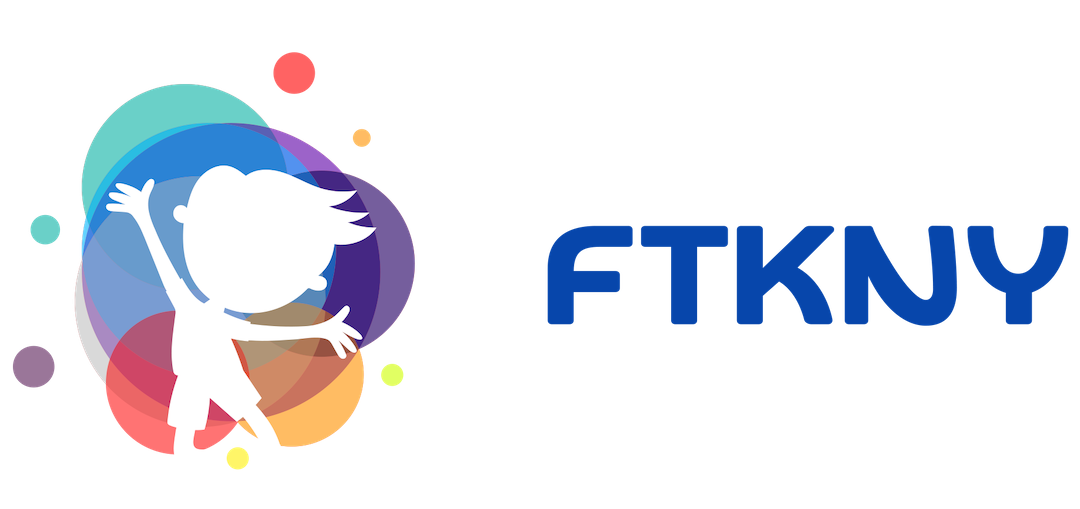A recent article on Edutopia discusses how we define critical thinking in today’s educational world and how we can develop critical thinking skills in our students. We have been developing critical thinking skills in NYC students for over a decade. The FasTracKids program innately develops these skills in students enrolled in our classes. The Edutopia article suggests that critical thinking is education’s “bulls-eye” and that we must move away from the education system deployed during the industrial era, towards a different, individual system that develops said skills. Then they go on to ask if we really know what critical thinking actually is and how we measure it.
Our FasTracKids G&T101 class is a program for children ages 3 – 7 that pioneers pre-G&T and critical thinking development. Using real-world examples, students are given the opportunity to put their brains to work in ways that differ from how they are thinking and learning in school. These days, students are memorizing one correct answer to one question in order to ace tests. They are not exactly learning how to arrive at the answer. This has turned our students into test taking machines who can’t think very well for themselves. This has led to lack of self-confidence, lack of self-directed learning and a decline in motivation to learn new things outside of school.
FasTracKids is one way to reverse this trend. If every student in NYC or the USA was enrolled in our programs, we would have the highest population of self-motivated critical thinkers in the world. The Edutopia article goes on to define critical thinking:
When the brain is active, making connections to the material and applying original thought to the concept. It’s the difference between struggling to remember (“ugh!”) and struggling to solve (“yeah!”). Googling “Effects of World War I on Europe” is not critical thinking. Outlining a science chapter is not critical thinking. These both have a purpose, but critical thinking they are not. My definition is not perfect, but it indicates what critical thinking isn’t.
We would agree that applying original thought is a foundation of critical thinking. We’d like to add that critical thinking also helps student ask more of the right questions to arrive at an appropriate answer, even if it’s not the exact answer a textbook has laid out. If the student comprehends the problem and solves it on their own, what more can we ask? G&T 101 gives children a chance to work their brain in their own way, further developing confidence, an interest in learning and exploration of new ideas and thoughts.
Want to help your child develop their critical thinking skills? Sign up for a free trial class today!
